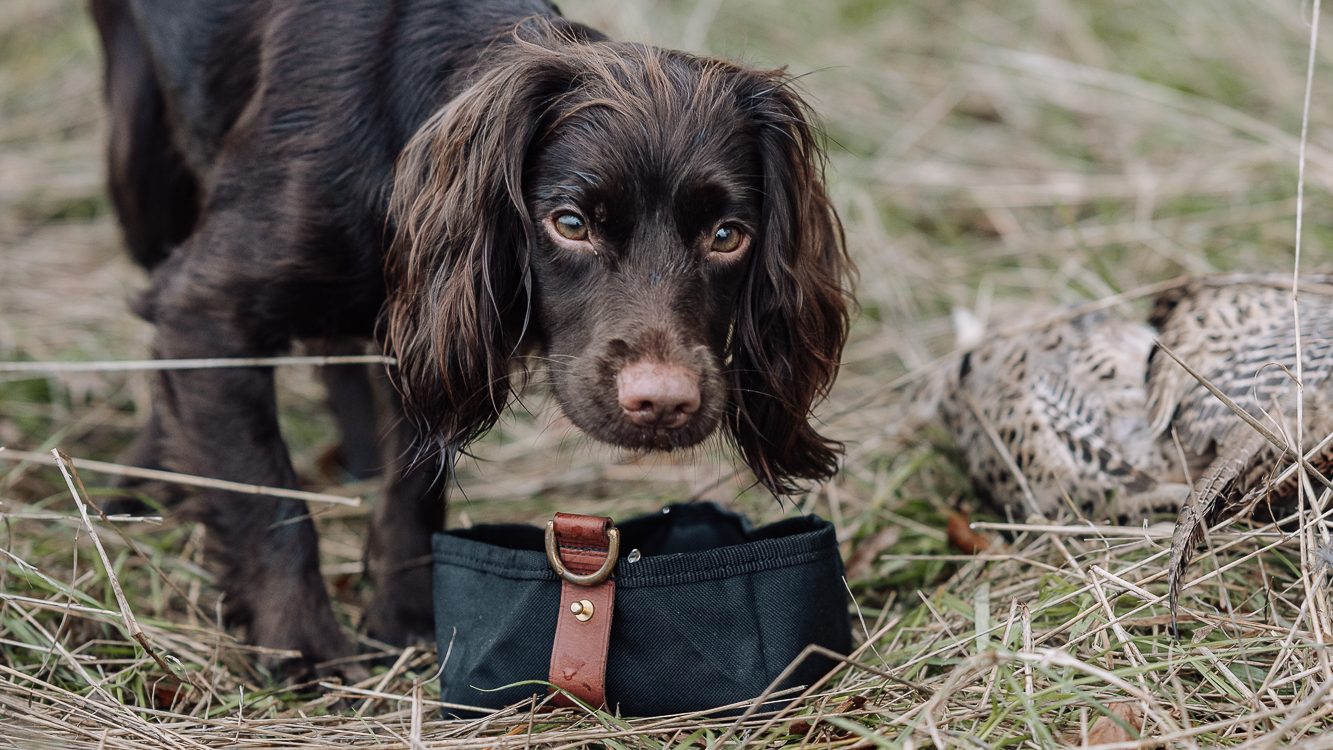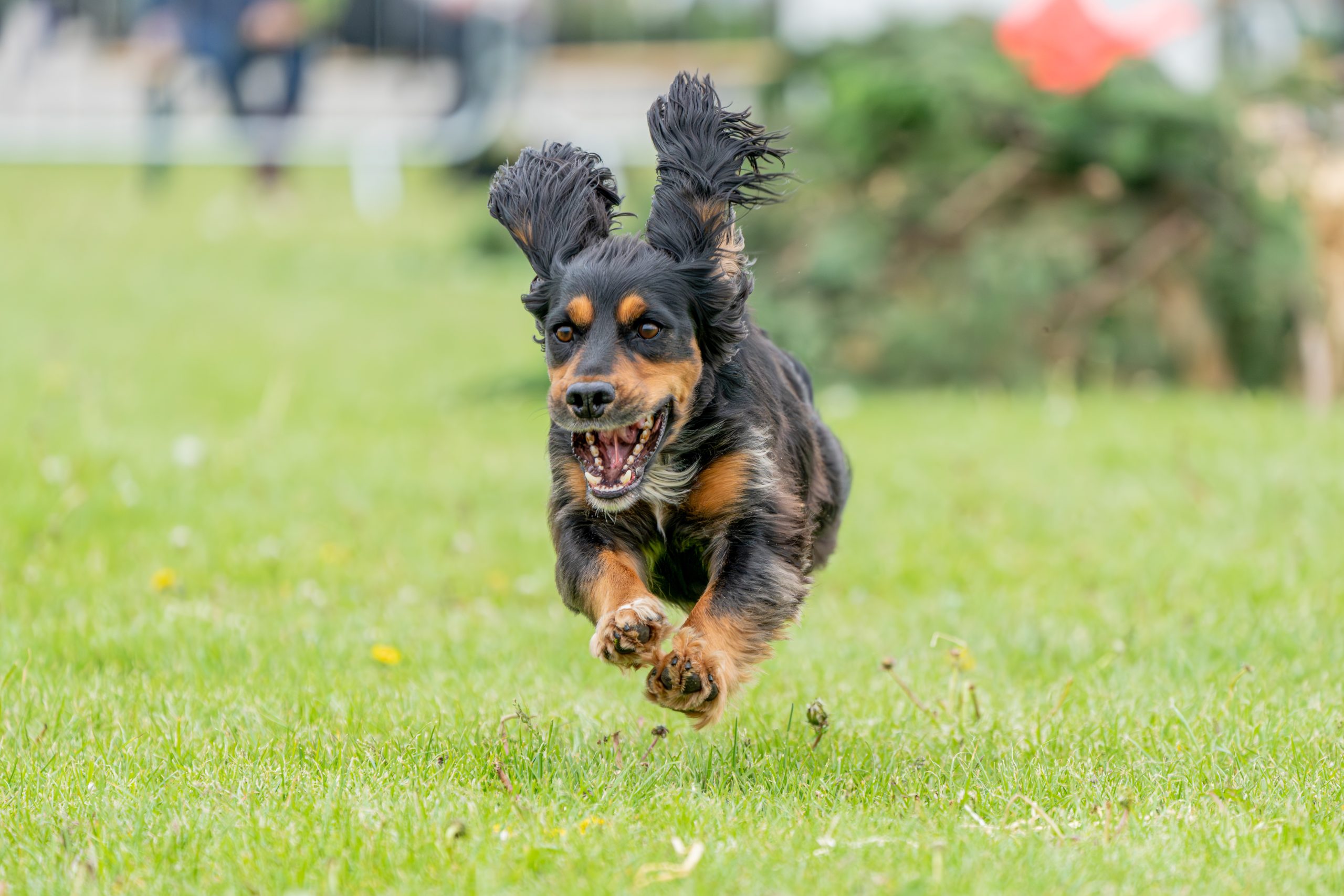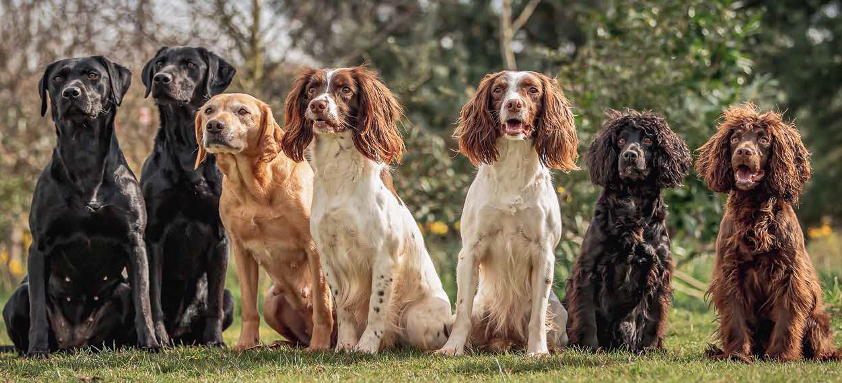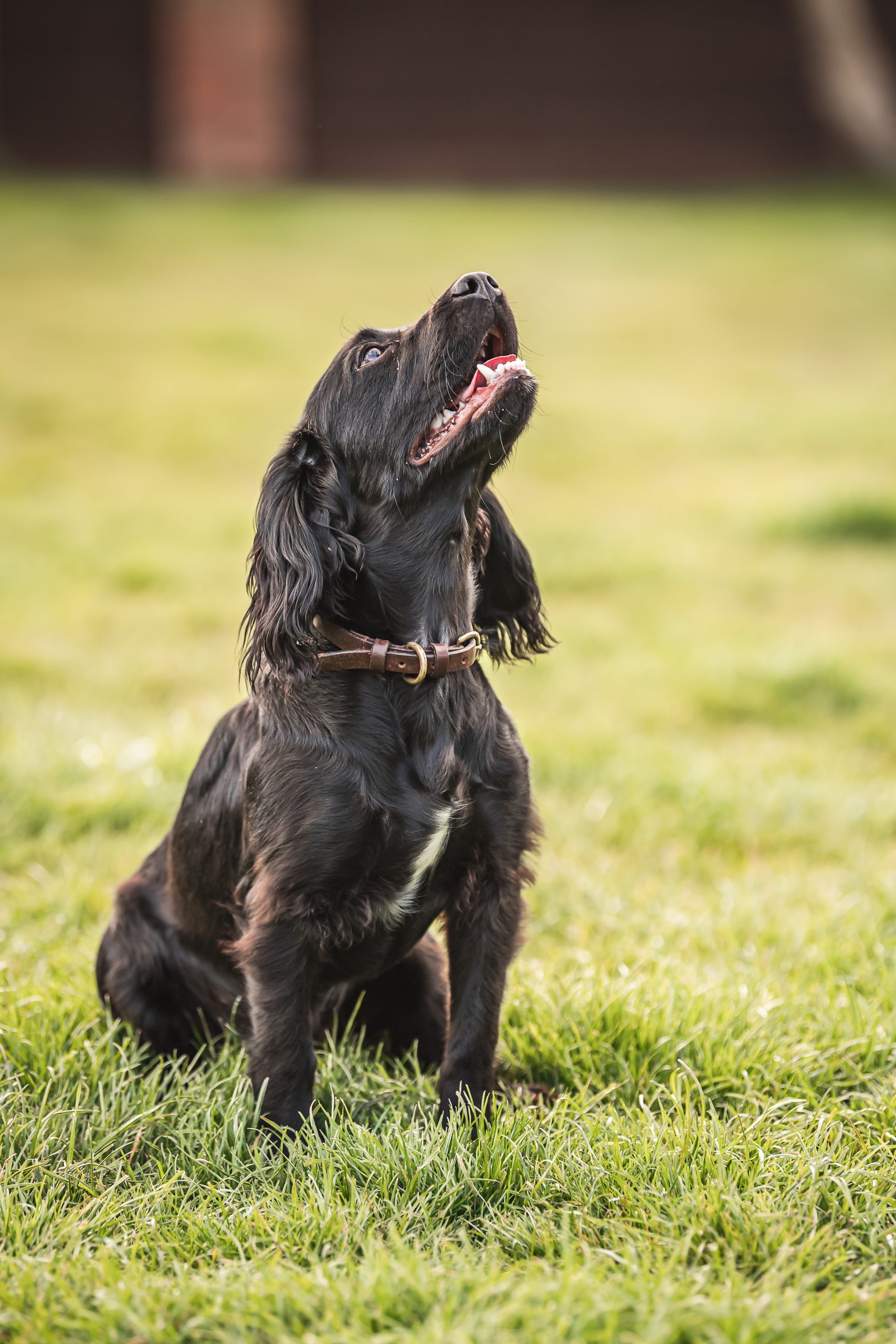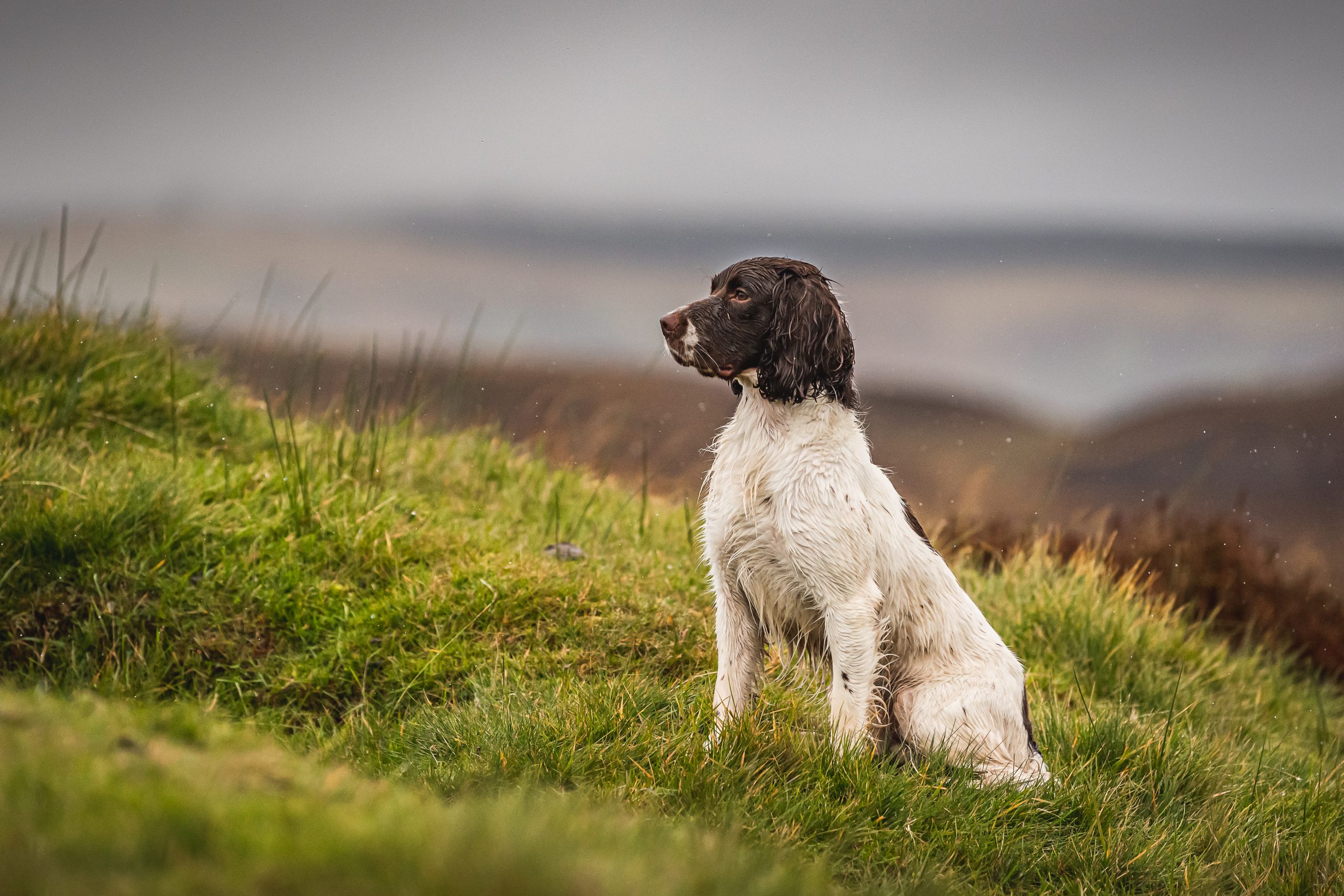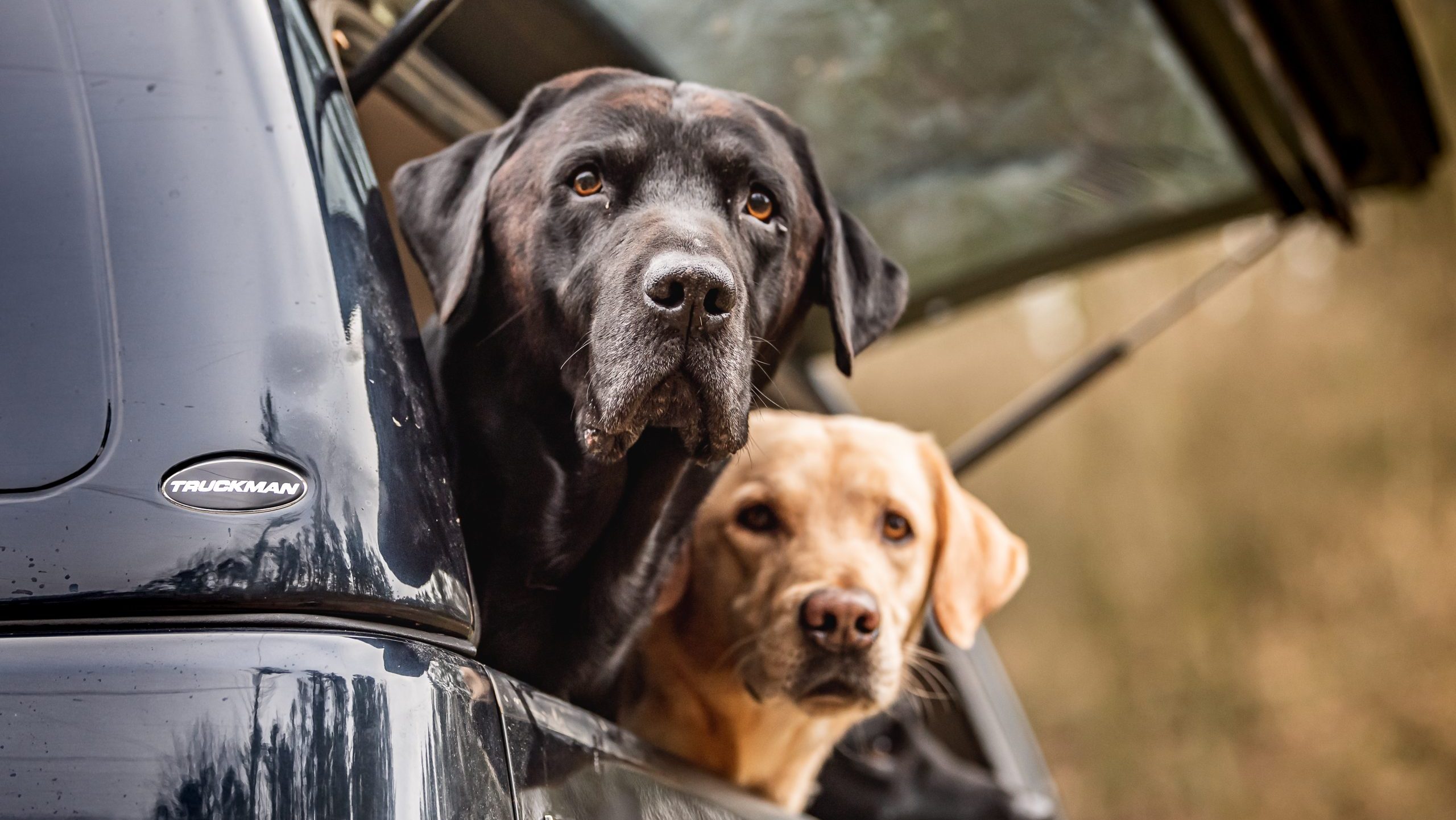Training
Teamwork and delivery
Gundog Journal discusses how to improve teamwork and delivery when beating.
Would you like to appear on our site? We offer sponsored articles and advertising to put you in front of our readers. Find out more.
Q. My dog has always had a poor delivery. He doesn’t drop the bird (or dummy) but he puts his head right down when he brings anything to me. How can I cure it?
Jayne Coley: A good delivery to hand is so important and it should be encouraged right from the beginning when you first acquire your puppy. Notice I say delivery, not retrieving. A good delivery should be perfected first. When choosing a working labrador puppy, it’s common practice to throw a tennis ball ‘just to make sure the puppy will retrieve’ for the new owner’s peace of mind. Of course, it’s nice if a young pup confidently runs out and brings back the thrown item, but it certainly does not mean the puppy won’t be any good if it doesn’t.
I like a puppy to have safe items to play with – small plastic plant pots, washed out plastic shampoo containers (minus the tops), etc. Part of building up a bond with your puppy is sitting on the floor or grass and inter-acting with him, and coaxing him to bring whatever he is carrying around to you. Never be in a hurry to take it from him. Hold him with one hand if he is a lively character and take the item with your other hand, using the command you like to use at the same time. Give the item back to your puppy using the word “hold”. Keep it all relaxed, no rush or pressure.
My last puppy had to have something in his mouth all the time and this included hand towels, shoes or the television remote control! But it is imperative you never get cross with a puppy regardless of what he is carrying in his mouth. I would crouch down before calling him to me. He used to bow his head down just before he got to me. I never rushed to take the item from him, instead encouraging him with my voice, keeping my hands high until he lifted his head. I quietly took the item, always with one hand coming from under his chin, and then verbal praise. Over time and always being conscious not to overdo it, he was delivering nicely to hand.
With your dog, you must go back to the beginning. Crouch down, or sit on a chair with your dog sat facing towards you. Place a dummy in his mouth using the word “hold”. Then, in your time, and without fuss, hold the dummy and at the same time, give the command to let go. If he bows his head down, do as I have recommended. Praise him verbally.
Once you have perfected this, which may well take several days, build on it, always dwelling on success, making progress slowly. For example the next step is to do the above with you standing up. I like to have the dog sitting before I take the dummy. Before taking the dummy, take a few steps backwards then walk back to your dog. The next stage is to walk back a few steps, then call your dog to you. Build up the distance and never rush to take the dummy.
Every dog has a piece in his training which needs to be worked on from the very start so that a bad habit does not form. Whilst I cannot guarantee the above method will work on this dog, do learn from the mistakes you have made with him.
Q: I want to take my young spaniel beating with my older spaniel. Should I take them individually or together?
Jeremy Organ: I would never advise anyone to take two spaniels beating together from the same kennel because this is very likely to lead to disaster. Your young spaniel will pick up any bad habit from the older dog and also develop more due to the fact they will compete against one another.
There are always exceptions to the rule, as I have seen one or two handlers working two with no adverse results. If you want to take both with you on the day, walk one to heel whilst you work the other and visa versa, then rotate them throughout the drives. This will keep them from tiring themselves out as quickly.
I would also advise you to only work your dogs in cover where you can see them at all times, and if the cover is not suitable to maintain contact with your dog then walk it to heel until the cover is right. You want the dog for longevity, and not just one season so don’t be short-sighted about this.
Related articles
Training
Patience is a virtue
It’s a skill that is often overlooked in training, but which is vital for all gundogs. Ben Randall explains how to capitalise on some everyday opportunities to practice it, now that spring is here.
By Time Well Spent
Training
The theory of puppy training
When you collect your puppy – and at every stage thereafter – you’ll need a safe and secure form of transportation. Here are four high-quality options to suit all requirements.
By Time Well Spent
Get the latest news delivered direct to your door
Subscribe to Gundog Journal
Unlock the full potential of your working dog with a subscription to Gundog Journal, the UK’s only dedicated magazine for gundog enthusiasts. Published bi-monthly, this authoritative resource delivers expert training advice, in-depth interviews with top trainers and veterinary guidance to help you nurture a stronger bond with your dog.
Whether you’re a professional handler, breeder, or simply passionate about gundogs, each issue offers a wealth of knowledge on breeds like labradors, spaniels and vizslas. Subscribers gain access to topical articles, real-life stories and exclusive offers from trusted brands.
With stunning photography and thought-provoking content, Gundog Journal is your essential guide to understanding, training and celebrating these remarkable working breeds.


Manage Consent
To provide the best experiences, we use technologies like cookies to store and/or access device information. Consenting to these technologies will allow us to process data such as browsing behavior or unique IDs on this site. Not consenting or withdrawing consent, may adversely affect certain features and functions.
Functional Always active
The technical storage or access is strictly necessary for the legitimate purpose of enabling the use of a specific service explicitly requested by the subscriber or user, or for the sole purpose of carrying out the transmission of a communication over an electronic communications network.
Preferences
The technical storage or access is necessary for the legitimate purpose of storing preferences that are not requested by the subscriber or user.
Statistics
The technical storage or access that is used exclusively for statistical purposes.
The technical storage or access that is used exclusively for anonymous statistical purposes. Without a subpoena, voluntary compliance on the part of your Internet Service Provider, or additional records from a third party, information stored or retrieved for this purpose alone cannot usually be used to identify you.
Marketing
The technical storage or access is required to create user profiles to send advertising, or to track the user on a website or across several websites for similar marketing purposes.

